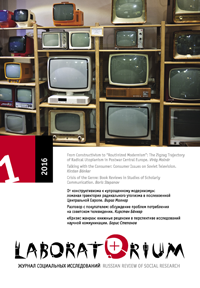From Constructivism to “Routinized Modernism”: The Zigzag Trajectory of Radical Utopianism in Postwar Central Europe
Main Article Content
Abstract
This article uses the example of constructivist architecture to show how radical utopianism influenced postwar plans for the large-scale transformation of the built environment in a significant but highly fragmentary fashion. Rather than dominating a longer period and slowly fading away, constructivism recurred in Hungary in several short but intensive episodes.The analysis focuses on two crucial episodes—plans for the post-1945 reconstruction of Budapest and the construction of a “strip house,” a massive collective housing superblock—to show how constructivism came to be coupled with various social and political agendas that often caused its demise; yet it left a complex and lasting legacy even when it failed. The article also argues that the zigzag trajectory of postwar constructivist architectureis largely a function of Hungary’s interstitial geopolitical and cultural position between East and West. As a result, Hungary, together with other Central European countries, offers an example that can illuminate the nonlinear ways in which intellectual ideas and cultural models circulate on regional and global scales. In English, extended summary in Russian.
Keywords
Radical Utopianism, Social Change, Built Environment, Intellectual Exchange, Cultural Politics
Abstract 181 | PDF FULL PAPER Downloads 135 PDF EXTENDED SUMMARY (Русский) Downloads 93 HTML EXTENDED SUMMARY (Русский) Downloads 8 HTML FULL PAPER Downloads 142

